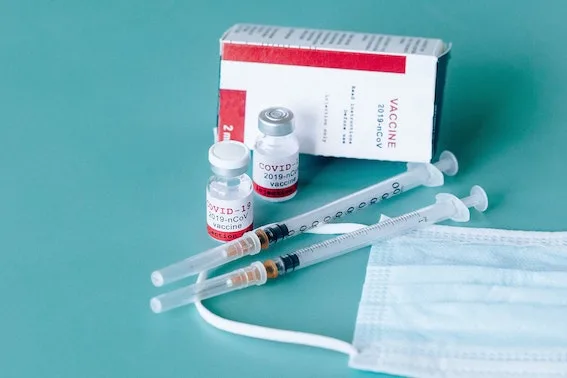The Future of Genomic Medicine

The groundwork for the lipid nanoparticle delivery systems used in mRNA
COVID-19 vaccines was laid more than 40 years ago by researchers at the
University of British Columbia, and the success of theses vaccines is the tip
of the iceberg for genetic medicine.
During the record-breaking sprint to develop mRNA COVID-19 vaccines, developers faced a key challenge: they needed a drug delivery system that would enable the messenger RNA, or mRNA, to get into cells in the body. Fortunately, this was not the first time this challenge had been encountered, because the delivery of RNA or DNA to cells to prevent or treat disease at its genetic root cause has been under development for decades, and the success of the COVID-19 vaccine is the tip of the iceberg for genetic medicine.

This delivery solution uses lipid nanoparticles – microscopic bubbles of fat – to encase and protect the mRNA and enable it to be taken up by a cell and released inside to produce the desired immune response. Decades of research in lipid systems enabled the dramatic speed of the COVID-19 vaccine development, from concept to clinical trials within 3 months of sequencing the viral genome. The groundwork for lipid nanoparticle delivery systems was laid more than 40 years ago in the lab of Dr. Pieter Cullis at the University of British Columbia in Vancouver. He has played a founding role in a number of companies developing pharmaceutical solutions based on drug delivery research, including Inex Pharmaceuticals, Acuitas Therapeutics, and Precision Nanosystems.
This long-term research embodies the characteristics of HIBAR research as it deeply integrates both the discovery-oriented goal of developing a deeper understanding of nanoscale physics and the chemistry of drug encapsulation and delivery and the societal impact goal of treating disease at its genetic root cause. The work has been co-led by academic researchers and leaders in the biotechnology industry, who played key roles in helping to guide this success, as well as within the academic community. As a result of the demonstrated success of the COVID-19 vaccine, lipid nanoparticle–RNA drugs are now poised to cause a revolution in medicine, because of their ability to deliver precision gene therapy drugs to treat a wide range of diseases, and to enable vaccines for many other infectious diseases.